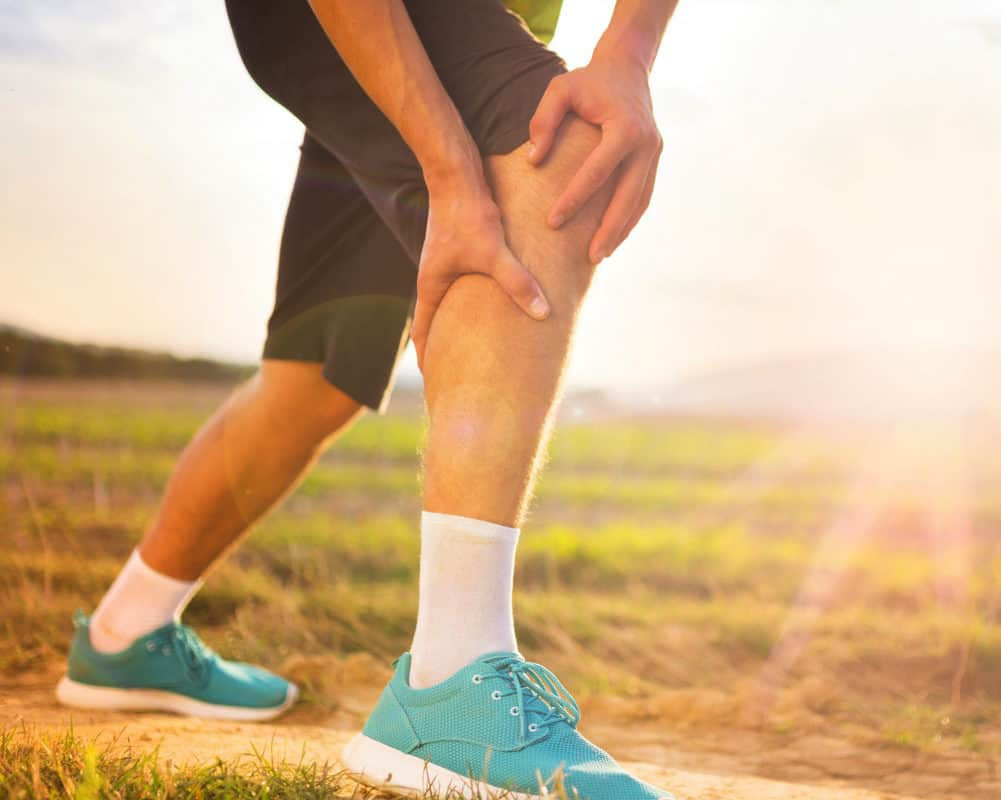The Achilles tendon is the largest and strongest tendon in the body. As you can imagine, it is pivotal in all aspects of lower limb propulsion and copes with high levels of load on a daily basis.
Benjamin Hodgetts, Functional Sports Podiatrist and Strength and Conditioning Coach, says one of the most common running-related injuries he sees involve the Achilles tendon.
“We mainly treat Achilles Tendinopathy, which is commonly an overuse injury in runners, where the Achilles Tendon at the back of your heel, at either the insertion or mid-portion of the Achilles, becomes sore and inflamed,” Mr Hodgetts.
Symptoms can include:
- Pain and stiffness at the back of the heel – usually worse in the mornings
- Pain and swelling along the tendon or heel that worsens with activity
- Thickening of the tendon
- Bony protrusion or spur is seen at the back of the heel
- Severe pain the day after exercising
Risk Factors can include:
- Improper biomechanics
- Errors in training load and sudden increases in activity load
- Weight
- Poor shock absorption or excessive midfoot pronation (natural movement of the foot)
- Muscle weakness
- Structural abnormalities
- Poor mobility and flexibility
Mr Hodgetts says that although it is important to stretch, it’s not necessarily as simple as just ‘stretching before you run’ or ‘rest it’ and you’ll be fine.
“Evidence suggests it’s far more important to build and maintain strength with therapeutic exercises,” Mr Hodgetts says.
“This will increase the tolerance to the load you place on the tendon when running.”
There are varying degrees of severity and healing times for Achilles problems, so ensure you see a podiatrist to get an assessment as soon as symptoms arise. He or she will analyse your gait, assess your footwear and possibly conduct some diagnostic imaging.
Once the podiatrist has made a diagnosis, an individual rehabilitation program will be created to keep you running at your best. Exercises, stretches, footwear advice, wedges, running cues, orthotics can be added as needed. The recovery can happen relatively quickly at times, however, the longer you leave it, the longer it can take to recover.
“So, don’t panic if you’re an avid runner, as ‘motion is lotion’ and in most cases simply modifying your running load, rather than stopping all together is advised when combining with strengthening and stretching exercises,” Mr Hodgetts says.
“Once you recover it is important you maintain what you have gained to reduce the likelihood of it happening again.”
If you suffer from this or other ailments, visit the in house podiatrist at Melville Wellness Centre today!
